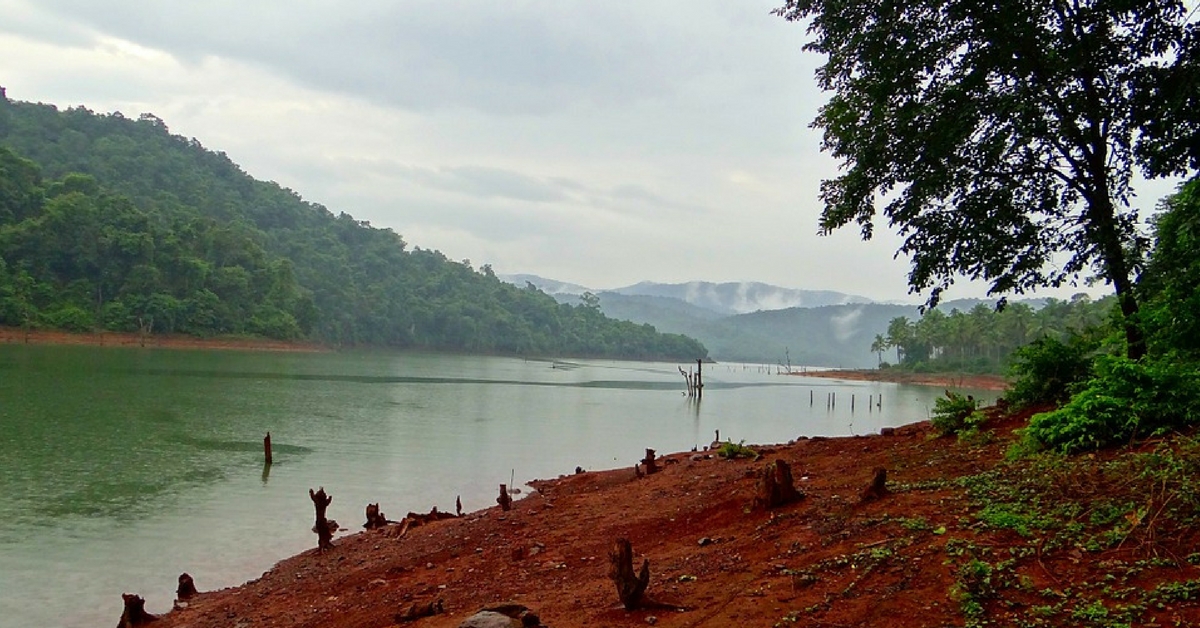We all love to frolic in the water. In a tropical country like India, recreational swimming is a much-loved activity. While some people have access to swimming pools, the rest take to the rivers, lakes, canals, and even the ocean.
While it isn’t impossible to drown in a closed pool, in a natural water body, it is an entirely different ball-game. In the middle of a swimming pool, if you have cramps, you can hold the stairs and climb out. However, when it comes to natural water bodies, strong currents can sweep you away, and there is little you can do about it.

Drowning in rivers, lakes and the sea is, unfortunately, a widespread occurrence and in India, in the recent past, there has been a rise in the number of mishaps.
In October 2017, the Times of India reported seven deaths in two weeks. The age of the victims ranged from 12 to 31 years. In December 2017, a student of Class 12 drowned while sea bathing in Bhubaneshwar, and on the 22nd of January, a 30-year-old man drowned while immersing a Ganesh Idol, in a lake.
India is blessed to have pristine water bodies, where one can unwind, relax and be one with nature. However, one also needs to be careful and ensure that they are safe at all times.
If you are heading to a water body, here are some basic precautions you should take:
1) Not all water bodies are suitable for swimming, so, look for information about strong surf and currents, dangerous water inhabitants (like jellyfish), and other warning signs.
Talk to locals and lifeguards and find out if the water body is okay to swim in.
2) Chart your return path beforehand, and know when you are going to get out of the water. Choosing your return path includes taking account the shore.
If there are stones/rocks, slippery sections on the bank, navigate accordingly.
3) Always use some safety device like a life-jacket, or some floatation aid, if you plan to get more than your feet wet.
Entering a large open water body without appropriate safety gear is suicidal.
4) Be sure to judge the temperature of the water. In open water bodies, the temperature of the water is considerably lower than in heated swimming pools.
When the water is cold, blood rushes to the core, rendering your arms and legs useless at some point.
5) Enter the water feet-first, and slowly.
Jumping off a cliff into the azure ocean water looks good on screen. Don’t try it.
6) Stay sober and do not drink alcohol.
Alcohol and drugs affect judgment, dull the senses and slow your reflexes—all of which are undesirable when you are in unfamiliar territory.
7) Make sure you know about currents and understand them properly.
8) If you are frolicking in a river, never swim/wade upstream, no matter how shallow or calm the water looks.
9) Stay away from algae.
Powdery, green, scum-like algae will give you a skin rash, if you touch it, an eye infection if it enters your eyes, and sick if you, unfortunately, swallow it.
10) Do not enter a water body alone, especially if you aren’t an experienced swimmer.
Be sure to have company, so if something untoward happens, they can still summon help.
11) If you see someone who happens to be in trouble, do not be brave and rush in, as you will probably risk both your lives.
Try and summon help, and use other methods, like a rope, or a long branch, or an emergency float, to try and get the drowning person to shore.
You may also like: In Kerala, 700 People Worked 70 Days to Revive a River Considered ‘Dead’ for over a Decade!
Open water bodies are great for having a fun time. However, it is recommended that you take the above precautions, and above all, stay vigilant, even if you plan to only wet your toes.
Like this story? Or have something to share? Write to us: contact@thebetterindia.com, or connect with us on Facebook and Twitter.
NEW: Click here to get positive news on WhatsApp!
If you found our stories insightful, informative, or even just enjoyable, we invite you to consider making a voluntary payment to support the work we do at The Better India. Your contribution helps us continue producing quality content that educates, inspires, and drives positive change.
Choose one of the payment options below for your contribution-
By paying for the stories you value, you directly contribute to sustaining our efforts focused on making a difference in the world. Together, let's ensure that impactful stories continue to be told and shared, enriching lives and communities alike.
Thank you for your support. Here are some frequently asked questions you might find helpful to know why you are contributing?

